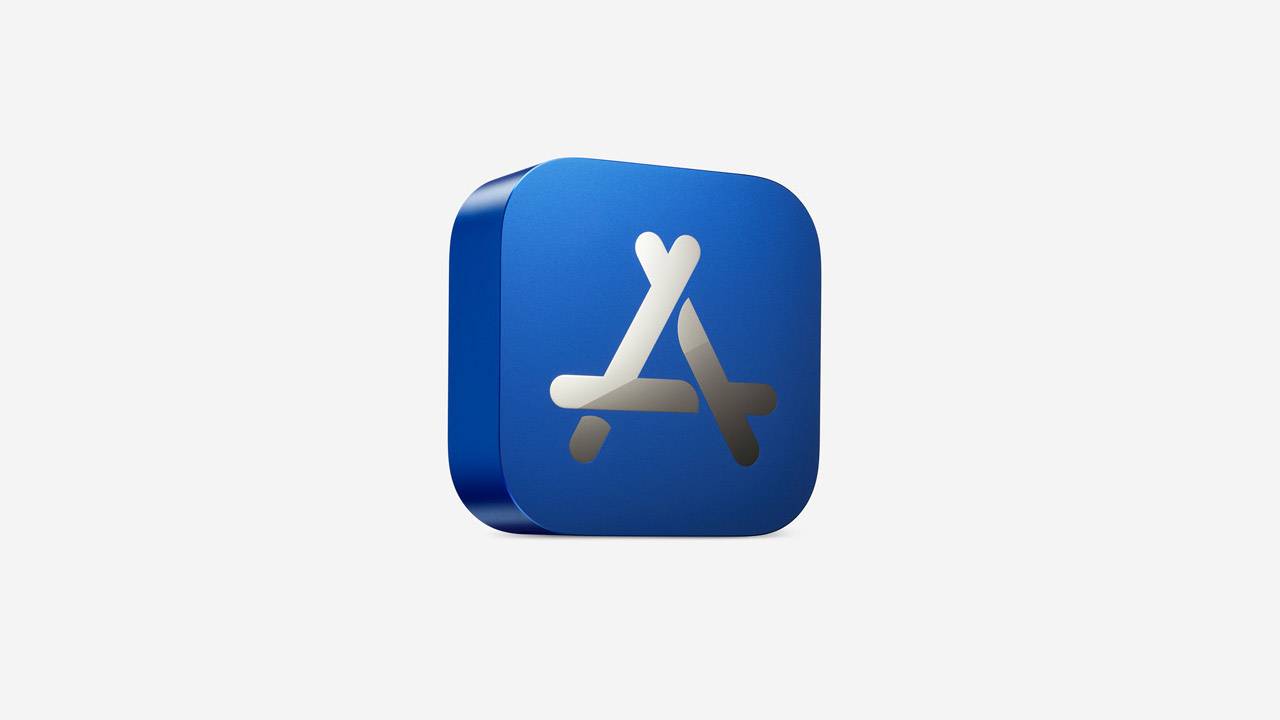Explain Everything Mac Os
- Explain Everything Mac Os 10.13
- Explain Everything Mac Os Recovery Tool
- Mac Os Versions List
- Explain Everything Mac Os High Sierra
- Explain Everything Microsoft Teams
- Related Questions & Answers
- Selected Reading
An operating system is a powerful, and usually large, program that controls and manages the hardware and other software on a computer. All computers and computer-like devices require operating systems, including your laptop, tablet, desktop, smartphone, smartwatch, and router. MacOS Big Sur elevates the most advanced desktop operating system in the world to a new level of power and beauty. Experience Mac to the fullest with a refined new design. Enjoy the biggest Safari update ever. Discover new features for Maps and Messages. And get even more transparency around your privacy.
Explain Everything Mac Os 10.13

The Mac OS is a graphical operating system developed by Apple Inc. The tenth version of the Mac OS is the Mac OS X which was launched in 2001.
The structure of the Mac OS X includes multiple layers. The base layer is Darwin which is the Unix core of the system. Next layer is the graphics system which contains Quartz, OpenGL and QuickTime. Then is the application layer which has four components, namely Classic, Carbon, Cocoa and Java. The top layer is Aqua, which is the user interface.

A diagram that demonstrates the structure of Mac OS X is as follows −
Components of the Mac OS X Structure

Explain Everything Mac Os Recovery Tool
Details about the different components of the Mac OS X structure as seen in the image above are as follows −

Core OS
The Darwin Core is based on the BSD (Berkeley Software Distribution) version of Unix. Mach is the main part of the Darwin core and it performs operations such as memory use, data flow from and to CPU etc. Darwin is also open source i.e. anyone can obtain its source code and make modifications to it. Different versions of Darwin can be used to enhance the Mac OS X.
Some of the major features of the Darwin core are protected memory, automatic memory management, preemptive multitasking, advanced virtual memory etc. It also provides I/O services for Mac OS X and supports plug-and-play, hot-swapping and power management.
Graphics Subsystem
The graphics subsystem in the Mac OS X contains three parts i.e. Quartz, OpenGL and QuickTime. The 2-D graphics in the graphics subsystem is managed by Quartz. It provides fonts, interface graphics, rendering of the images etc. OpenGL provides support for 3-D graphics in the system such as texture mapping, transparency, antialiasing, atmospheric effects, special effects etc.
It is also used in Unix and Windows systems. QuickTime is used for different digital media such as digital video, audio and video streaming etc. It also enables creative applications such as iMovie, iTunes etc.
Mac Os Versions List
Application Subsystem
The application subsystem in Mac OS X provides the classic environment to run classic applications. Carbon, Cocoa and Java are the three application development environments available.
Explain Everything Mac Os High Sierra
The classic environment makes sure that applications written for the previous versions of the operating system can run smoothly. The carbon environment is used to port existing applications to carbon application program interfaces. This is called carbonising the application. The cocoa environment provides object-oriented application development environment. The cocoa applications use the benefits of the Mac OS X Structure the most. The Java applications and Java applets can be run using the Java environment.
User Interface
Explain Everything Microsoft Teams
Aqua is the user interface of Mac OS X. It provides good visual features as well as the tools to customize the user interface as per the user requirements. Aqua contains extensive use of colour and texture as well as extremely detailed icons. It is both pleasant to view and efficient to use.